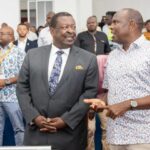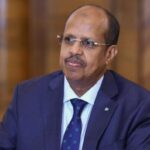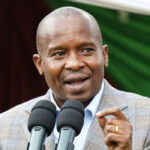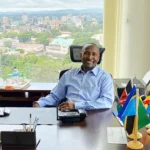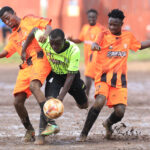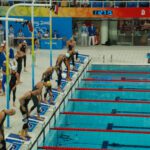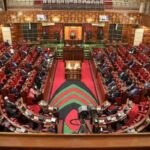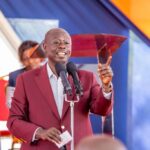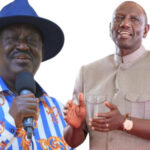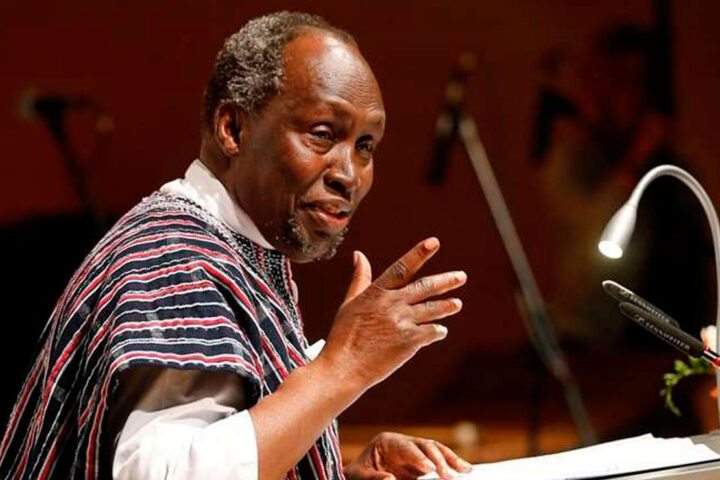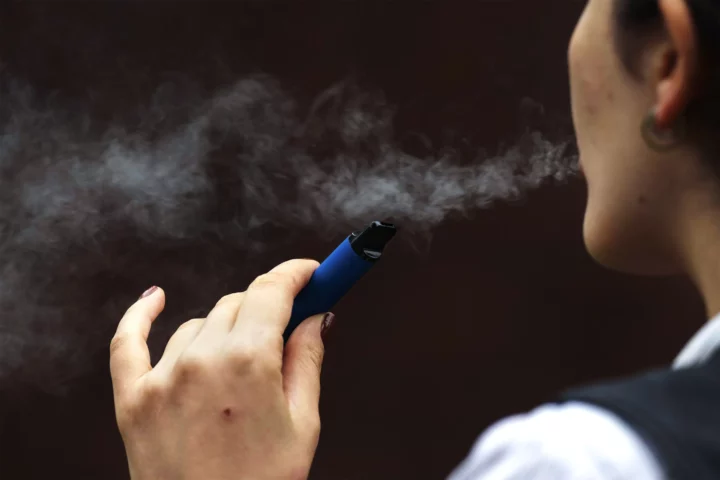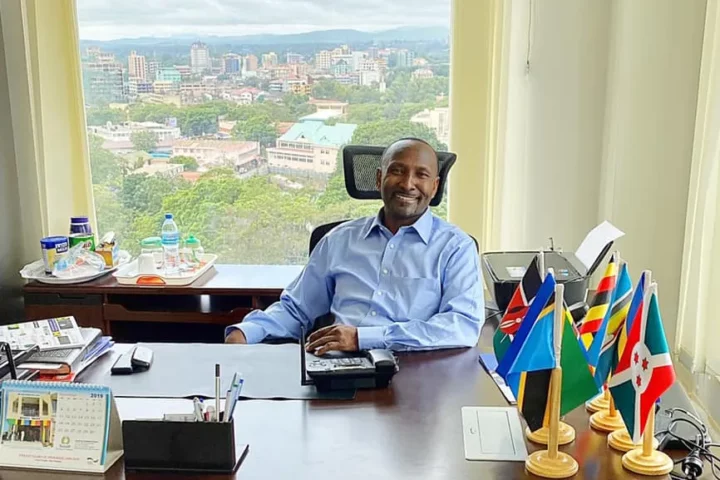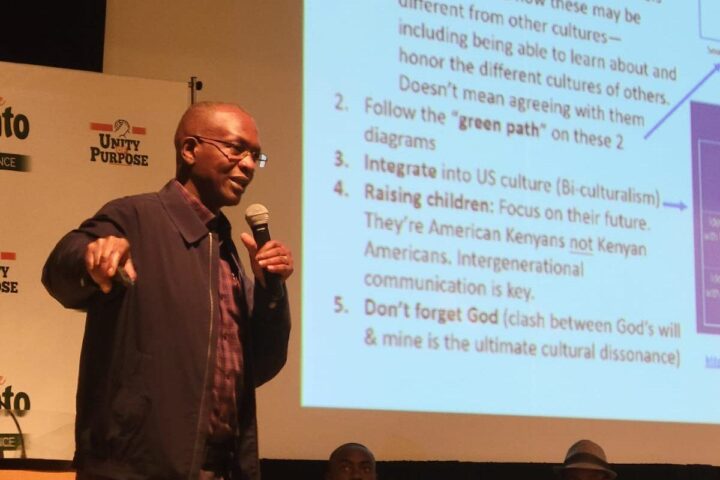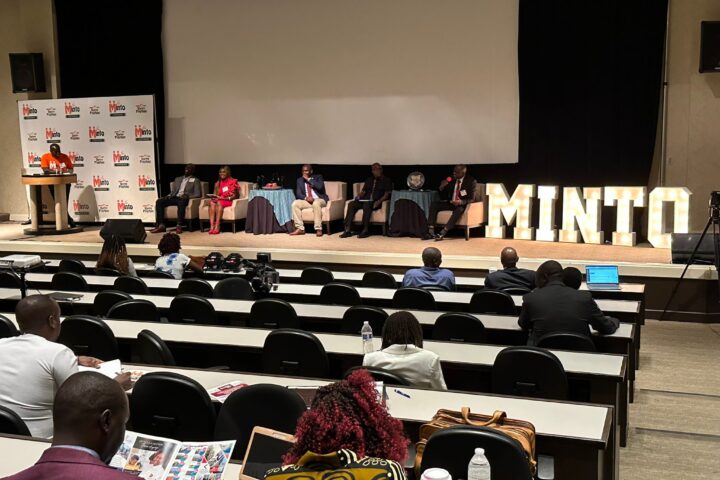One way of understanding this musical instrument that has a Sh40 million bill for repairs is to think of the blaring trumpet horns that some people instal on their vehicles.
A driver presses a button from the cabin and somewhere in the vehicle, air somehow flows in the trumpet and it produces a sound.
The organ – a musical instrument that has been a core part of the All Saints Cathedral in Nairobi since 1934 – can be compared to that trumpet horn.
In the place of the switch where a driver activates the horn is a keyboard with the usual black-and-white keys. Not one keyboard but four: three arranged in graduated rows that are played by fingers and one keyboard with wooden keys on the floor played by toes.
Press one key and you will hear a sound; a sound produced by manipulation of air sent through some metallic pipe metres away from you. Combine the key presses and you have music.
The organ’s metallic pipes can be compared to the trumpets that are sometimes visible on the vehicles that have the trumpet horn. There is not one, not two but 2,103 pipes of varying lengths, materials, diameters and shapes. The longest is well over six metres and the shortest is four inches. You will spot some of them if you look upstairs to your left when standing at the altar.
Each of those pipes produces a unique sound when a certain sequence of keys is pressed to manipulate the way air passes through it. By playing around with various components, the organ can produce numerous sounds. It can produce flute-like sounds, trumpet-like sounds, piano-like, clarinet-like sounds and a range of others.
“It is immensely valued by the congregation, with a committed team of organists of all ages giving assurance that it will continue to play a vital part in cathedral worship for many years to come,” says a post on the All Saints Cathedral website.
At the cathedral, the person playing the organ (organist) sits at a console located next to the choir where he or she presses the keys with his or her fingers and toes. The wind manipulating components and the metal pipes are all upstairs. The bulk of the pipes are locked up in a room adjacent to the office of the church’s director of music. Out of those pipes comes music that reverberates throughout the church without requiring amplification.
Last Sunday, the organ that had spent a year in the United Kingdom (UK) for restoration works sounded again. Awed faithful could not help but appreciate the sound of the instrument on its return. It was shipped away to the UK in November 2021.
According to Mr Anthony Muriuki, the director of music at All Saints Cathedral, its components filled a 40-foot container “to the brim”. They were carried by ship and attended to by Michael Farley Organ Builders at a workshop in Davon. The organ builders had earlier worked out the cost of restoring the organ, then came up with a Sh40 million bill.
“The initial quote was at Sh50 million, but that was before they came down to inspect the work themselves and see what really needed to be done. Once the team did that, they were able to narrow it down to Sh40 million, which is how much we needed for this particular restoration,” said Mr Muriuki. “So far, out of our congregation’s generosity, we have been able to raise about Sh20 million that has gone into the restoration. We still have a deficit of another Sh20 million that we are seeking.”
The restoration began about four years ago when the church informed its members that the organ, last restored in 1978 when then-Attorney-General Charles Njonjo was organising his wedding, was falling apart.
“It has not had a major overhaul in over 40 years, and this is now becoming urgent. Much of the mechanism is failing, meaning we can only use some of the pipes: at present probably only 60-70 per cent of the possible sound of the organ. The electronic components are now obsolete, difficult to replace and repair, and failing at an alarming rate,” the church said in a post on its website.
Worshippers heeded the calls to raise funds for the repairs, making possible the November 2021 shipping-out. One of the donation channels is M-Pesa PayBill where the sender uses the PayBill number 303036, together with “Organ Fund” as the account name.
After the redevelopment, the organ returned to Kenya on December 31, 2022. Returning it to its place and installing its new components took just over a month. It was until last Sunday that the faithful could hear it play again, with all components in place and tuned to perfection.
Mr Muriuki said the restoration saw the number of pipes increased to the current 2,103. They numbered 1,892 before the restoration. In an interview with Sunday Nation, he said the post-restoration instrument is a modern organ that gathers inputs electronically then transfers them to the pipes. It now has a motherboard and can even communicate via Wi-Fi.
“I’d say it’s quite a modern instrument,” he said. “What left here was very traditional.”
To the untrained ear, the organ when played under some settings can sound like a typical piano. Mr Muriuki said the organ is the original instrument. Pianos and electronic keyboards, he noted, were made to “imitate” the organ.
“It’s like having the real thing and then having the simulator of how this thing works; like flying an actual plane and being in a simulation of a plane flying. While they (pianos and electronic keyboards) can imitate, they often lack authenticity. I would say, while the sound is there, it does not move you. While it may make the sounds and the pitches accurately, often it does not move you. The music does not pierce; it does not come to your heart. It’s because it lacks authenticity,” he explained.
Mr Muriuki holds a degree in music performance from Kenyatta University. He first interacted with the cathedral’s organ when he was a student at Alliance High School. He first played it years later, in 2017, after being called to assist the choir. To play the organ, he says, one needs to be proficient with the piano. Otherwise they will have it rough.
“The organ builds on top of piano playing. Actually, it is recommended that before you get into organ playing, you at least have a Grade 5 [proficiency in] piano playing so that you can coordinate your fingers easily,” he said.
“I would say it’s a bit more advanced than just piano playing.”
The organ is believed to have been invented in Egypt in the third century. Mr Muriuki said one factor that sets it aside from most instruments is its longevity.
“The oldest sounding organ in the world is from the 16th century, the 1500s, and it still plays to date. Some of those mechanisms, some of the pipes, have never been restored or rebuilt. So, if you look at the long-term value that the instrument gives out, it’s very different from an electronic instrument,” he said.
Information written by hand on a wooden component of the All Saints organ says it was first fixed in 1934, rebuilt in 1955, then redeveloped in 1978 when a component meant for the choir was installed. The 2022 repairs have also been added on the board.
“Organ returned to the UK for the rebuild 2021/22,” it reads in part.
With the recent fix, Mr Muriuki said, the instrument will last for decades. “We are hoping that, with this restoration, the organ will not need any major restoration of a similar kind for another 70 or 80 years to come. So, it’s an investment of a lifetime really. The next generation are, maybe, the ones that need to be thinking of how to restore the organ again for another number of generations to come,” he said.
Mr Muriuki noted that the organ has been going strong since the 1800s when it was first made and that it will last for centuries to come. He noted that all music lovers are invited to contribute to help the church pay for the restoration. They have a payment plan with the UK firm that conducted the restoration, and through it they are paying the nearly Sh20 million owed.
“This instrument does not serve All Saints only. I came to All Saints [as a high school student] because of that instrument. And there are so many other stories like mine of people who have come to the church because of this instrument. We are also sort of a centre of classical music in Nairobi really, because we’ve hosted several concerts such as the Nairobi Music Society, which we host here mostly because of that instrument,” said Mr Muriuki.
Nation


